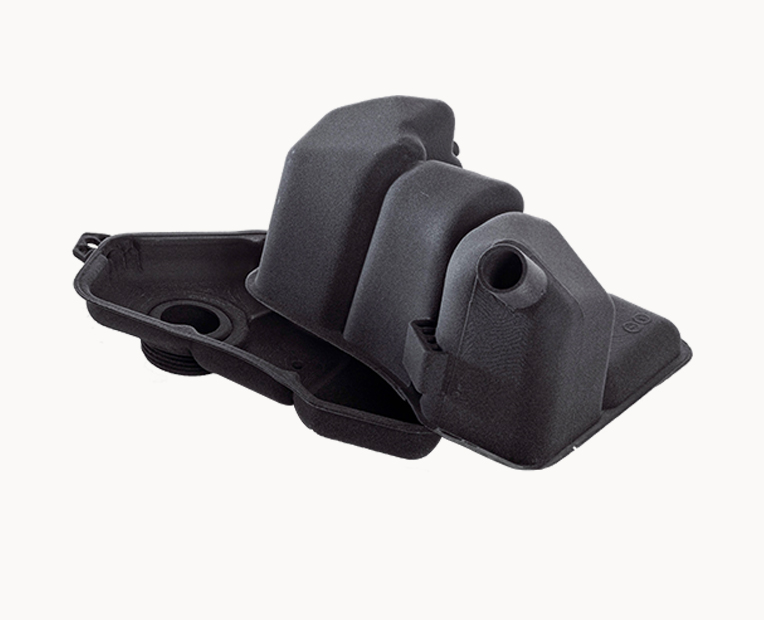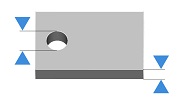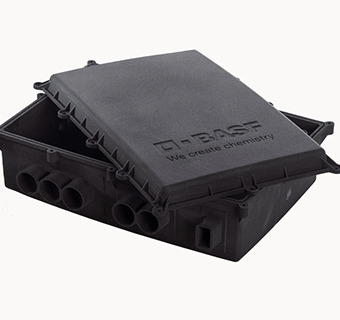Home » 3D Printing Materials » Jet Fusion Technology for 3D Printing » Jet Fusion PP
Jet Fusion PP
3D printing material
Jet Fusion PP boasts excellent plasticity, higher elongation, durability, and low moisture absorption. Its high rigidity makes it especially well-suited for technical applications and durable 3D printed polypropylene parts.
Jet Fusion PP Material Guide
What is PP for Jet Fusion?
PP (Polypropylene) or HP 3D High Reusability PP is developed by BASF. This 3D printing material is an industrial-grade polypropylene. PP provides a high reusability ratio, producing functional parts batch after batch. The goal of this material is to be more sustainable and produce at higher volumes.
Polypropylene has always been highly used in industrial manufacturing due to its good mechanical properties. Using this material for additive manufacturing is now opening a wide range of new possibilities, and accelerating the shift of many companies to digital manufacturing. PP can be used by designers, engineers, and businesses to produce advanced 3D printed prototypes, but also final parts.
This PP 3D printing material is manufactured using Multi Jet Fusion (or MJF) technology. Please keep in mind that you will have to respect specific design guidelines to avoid any problem during the additive manufacturing process. Be sure to check the material design guidelines while creating your 3D file and before you send it for 3D printing.
What are the possible applications for this material?
PP 3D printed using Multi Jet Fusion technology can be used by the automotive or consumer goods sector. This industrial-grade material is perfect to manufacture automotive parts found on the interior and exterior parts for the automotive/transportation industries.
The formula of this PP powder developed by HP and BASF offers great chemical resistance, high elongation at break, but also durability and low moisture absorption. PP 3D printing material is perfect for industrial uses, from pipes to machinery, but also to create reservoirs for due to its chemical resistance properties.
Using additive manufacturing to create reservoirs or packaging will allow to produce parts with intricate shapes, perfectly adapted to the whole design of your devices.
Pricing
The printing price of your design is calculated automatically the moment it is uploaded. As you modify your object (changing material, finishing, size, using batch control or hollowing feature, etc.) you will note that the price changes automatically. The pricing is based on a series of factors, including total volume, object size, and bounding box – to name a few.
The estimated shipping time is also calculated automatically as the object is uploaded and each time you make a modification on it. Delivery time should be added to processing time.
For more information, check our pricing page.
How does Multi Jet Fusion 3D printing technology work?
Sculpteo uses Multi Jet Fusion technology to manufacture PP parts.
The Multi Jet Fusion technology’s process is similar to binder jetting technology as it uses a liquid binding agent to create the layers of your object. In addition, a detailing agent is used to obtain fine details and to smooth the surface of the object. Layer by layer, the object is created from the combination of the powder, the liquid agents (fusing and detailing agents), and energy (heating process).
The HP Multi Jet Fusion process is a powder-bed technology that is faster than Selective Laser Sintering. After the parts are 3D printed, the building platform is placed into the post-processing station that cools the parts and prepares them for cleaning.
Maximum size | 360x264x370 mm |

The maximum size of your models are limited by the physical size of our 3D printers – nothing can be printed larger than the printer bed. |
Due to the printing process, your objects will have upskin and downskin. Upskin is a little concave, whereas downskin will show slight convex. Upskin will appear on the top of your object, downskin at the bottom. This is important to consider when you set the orientation of your 3D model. If the upskin and downskin will affect your design, set the orientation beforehand and we will honor it, if you are not sure, our technicians will choose the best one. |
| Standard layer thickness | 120µm |
|
Accuracy |
X/Y : +/- 0,6 % (minimum of +/- 0,7mm) Z : +/- 1 % (minimum of +/- 1,1mm) |

| Minimum wall thickness | 0.8mm |

| Stemmed elements with support | 1mm |
| Stemmed elements without support | 1.2mm |

Minimum height and width details | Embossed : 0.5 mm
|
| Ratio Depth / width | 1/1
|
| Enclosed parts ? | Yes |
| Interlocking parts ? | Yes |

Our material has the ability to print the most complex designs of our materials . An example of a complex design is a volume enclosed within another volume, like a chain or a ball joint connection. Our printers have the ability to print a fully interlocked chain, with no support structures to remove. |
| Minimum spacing between fixed walls | 0.5 mm |
| Minimum clearance between parts | 0.5 mm |

For a successful 3D print a minimum clearance between objects is required to allow excess material to be sand blown out. If this space is not left within the design, the object will be a solid. This is particularly important for articulated objects – as the space left between the walls will define the object’s ability to move.
Clearance should be at least 0.5 mm, however that is the minimum for small objects. Larger objects require more space between their parts. This is due to the HP printing process. Our printer beds are heated during the process, and larger objects are heated for longer periods. A small space between large objects runs the risk of melting together as it remains under heat for a long period of time. In some other cases, holes should be added to allow us to drain for the excess powder material within the clearance.
| Hollowing ? | Yes: 5mm |
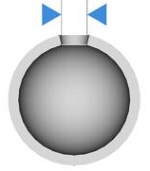
Our online hollowing optimization tool has the ability to greatly reduce the price and the weight of a print by reducing the amount of material used. Using the tool requires adding two holes to your model, which will serve as the drain for the excess powder material within the object. The minimum size of these holes is determined by our website. Otherwise, it is possible to hollow your object manually in your 3D modeling software. |
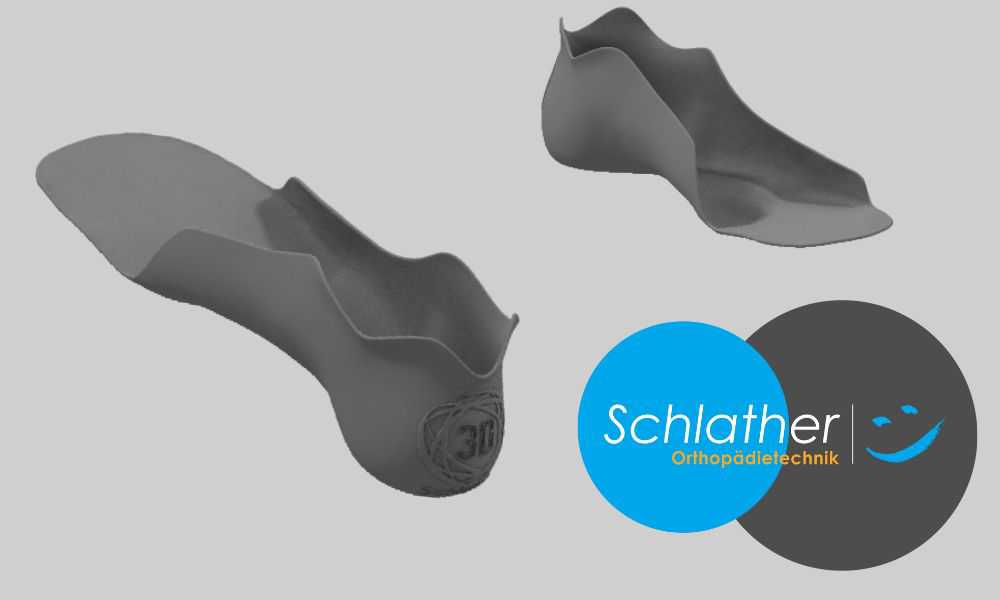
3D printing to create customized medical aids
Ready to 3D print with Jet Fusion PP?
With Sculpteo’s online 3D printing service you’re just a few clicks away from professional 3D printing. Your 3D model is printed with the highest quality and delivered straight to your door.
Get started now!


 Connect with Google
Connect with Google Connect with Facebook
Connect with Facebook